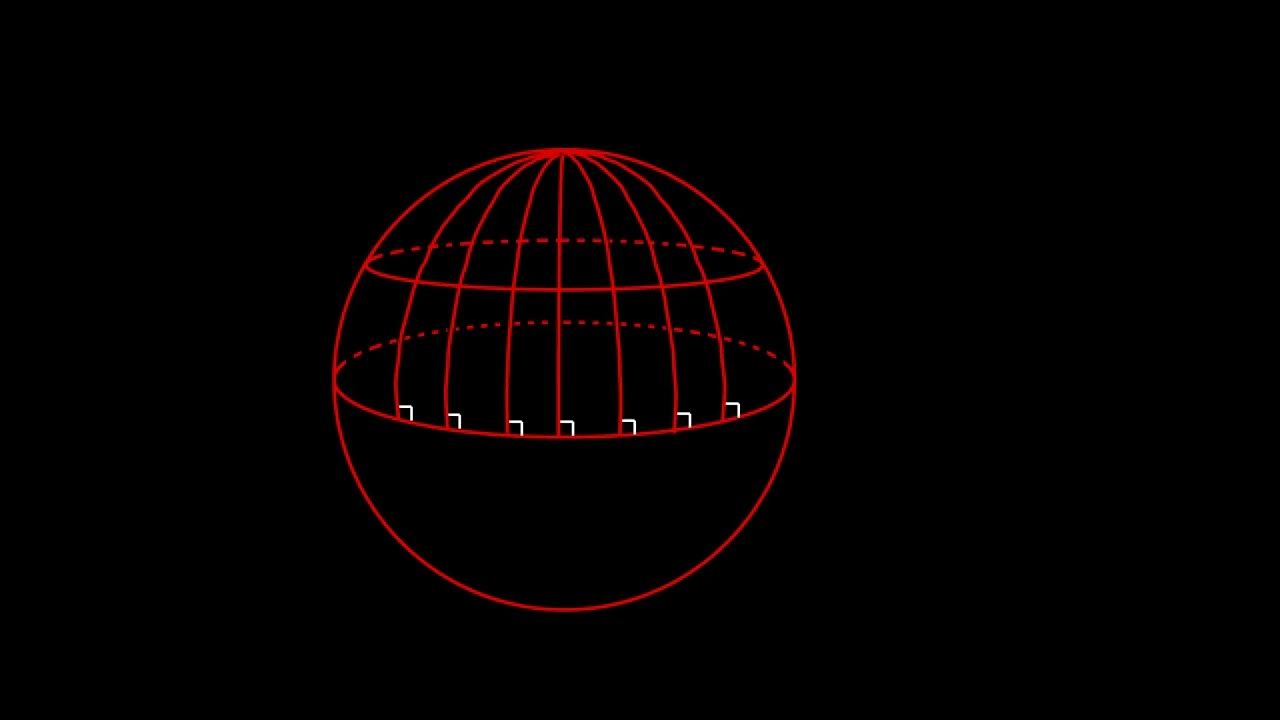Should You Use Planes of The Face?
Summary
TLDRThe speaker in the script discusses the limitations of using planar geometry in drawing and sculpting, emphasizing that while planes can be a useful conceptual tool for understanding surfaces, they should not be directly applied to create a three-dimensional representation. They argue that using straight lines to represent curved objects will inevitably lead to inaccuracies. The speaker also touches on the use of planes by certain artists, like Jon Assaro and Bill Perkins, who 'cheat' by adjusting points to achieve a more accurate depiction. The script concludes with a preference for using three-dimensionally coherent constructions and natural curves over planes for a more realistic artistic outcome.
Takeaways
- 😀 The speaker emphasizes that the corners of the mouth are not lines but surfaces, and understanding this can improve drawing accuracy.
- 🧠 The concept of 'planes' in drawing is a simplification that can be useful for learning but may not accurately represent the 3D form of the subject.
- 🎨 The speaker has moved away from 20th-century resources like PEC due to their potential to hinder proper drawing techniques, despite their initial usefulness.
- ❌ Straight lines should not be used to represent curved objects in drawing as it can lead to inaccuracies.
- 🖌️ Artists like Jon Assaro and Bill Perkins use planes in their work, but they 'cheat' by adjusting points to achieve a more accurate representation.
- 🤔 The speaker suggests that planes can be a useful conceptual tool but should not be the primary method for drawing, as they can oversimplify and lead to inaccuracies.
- 🎭 The use of planes is particularly popular in academic circles for painting, as they facilitate the process of transitioning between different shadow and light masses.
- 🚫 The speaker personally prefers not to use constructions that aren't three-dimensionally coherent, advocating for a more accurate representation of forms.
- 🤷♂️ Many artists who use planes do not seem to understand their inaccuracies, which can lead to drawings that are incorrect from certain viewpoints.
- ✂️ Sculpting and drawing with planes can be problematic; masters like Michelangelo worked from multiple angles, not just planes, to create depth and avoid ruining their work.
Q & A
What is the main issue with using straight lines to represent curved objects in drawing?
-Using straight lines for curved objects guarantees that the representation will be incorrect because it oversimplifies the natural curvature and complexity of the subject, leading to an inaccurate portrayal.
Why does the speaker prefer not to use 20th-century resources like PEC for drawing?
-The speaker finds that while resources like PEC are useful for understanding concepts, they can hinder the actual process of drawing accurately by oversimplifying complex forms.
What is the speaker's view on using planes in drawing the human head?
-The speaker believes that using planes to draw the human head is not ideal because the head is not flat and using planes can lead to inaccuracies that require 'cheating' to correct.
How do some artists 'cheat' when using planes in their artwork?
-Some artists, like Bill Perkins, use planes as a starting point but then adjust the points to where they should be to create a more accurate representation, even if the initial structure is incorrect.
What is the speaker's opinion on the use of planes in illustration versus sculpture?
-The speaker sees planes as a useful conceptual tool for illustration, where they can facilitate the painting process, but not as a valid sculptural technique because they do not account for the three-dimensionality required in sculpture.
Why does the speaker think that planes are popular among academic artists?
-Planes are popular among academic artists because they simplify the process of creating shadow and light masses, making it easier to understand and apply in teaching and painting.
What does the speaker suggest as an alternative to using planes in drawing?
-The speaker recommends using ellipses and natural curves to more accurately represent the three-dimensional aspects of the subject being drawn.
How does the speaker view the use of planes in the context of learning to draw?
-The speaker considers planes as a useful conceptual tool for learning and understanding surfaces, but not as a literal representation to be used in final drawings.
What is the main takeaway from the speaker's discussion on drawing techniques?
-The main takeaway is that while certain techniques like using planes can be helpful conceptually, they should not be relied upon for creating accurate, three-dimensional representations in drawing.
Why does the speaker emphasize the importance of not using constructions that aren't three-dimensionally coherent?
-The speaker emphasizes this because such constructions can lead to drawings that are inaccurate and require correction, which can be avoided by using methods that inherently account for three-dimensionality.
Outlines

This section is available to paid users only. Please upgrade to access this part.
Upgrade NowMindmap

This section is available to paid users only. Please upgrade to access this part.
Upgrade NowKeywords

This section is available to paid users only. Please upgrade to access this part.
Upgrade NowHighlights

This section is available to paid users only. Please upgrade to access this part.
Upgrade NowTranscripts

This section is available to paid users only. Please upgrade to access this part.
Upgrade NowBrowse More Related Video

Blender Tutorial: Geometry Nodes for Beginners - Part 1

Dislocation cannot end abruptly in a crystal: Dislocation nodes

Classroom Aid - Non-Euclidean Geometry

Basic geometry: language and labels | Introduction to Euclidean geometry | Geometry | Khan Academy

The Hidden Cost Of GraphQL And NodeJS

ILLUSTRATING LINEAR INEQUALITIES IN TWO VARIABLES || GRADE 8 MATHEMATICS Q2
5.0 / 5 (0 votes)